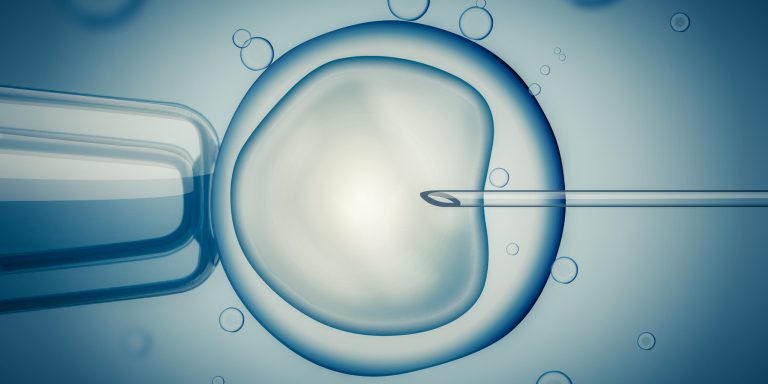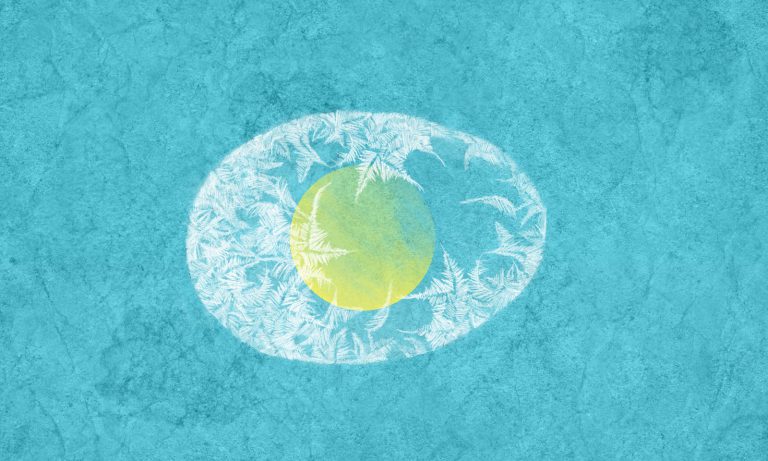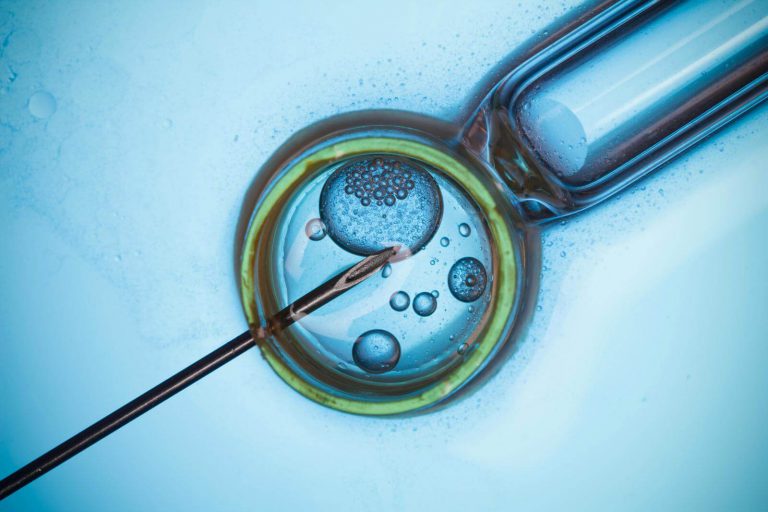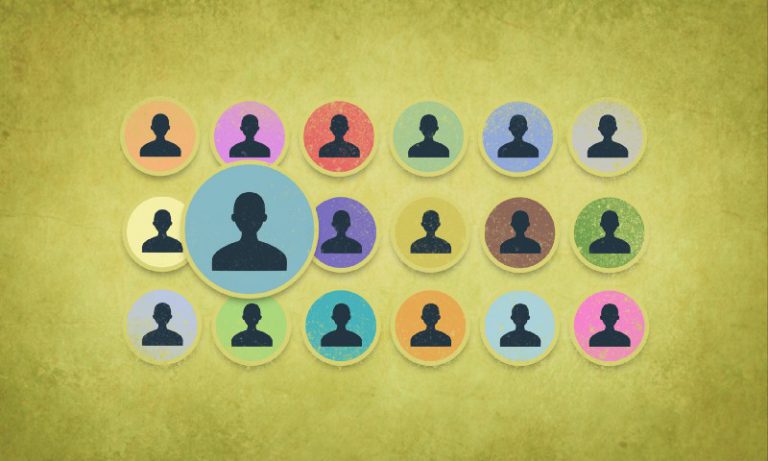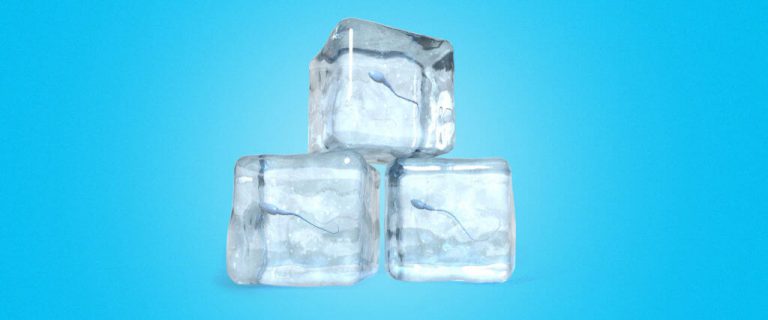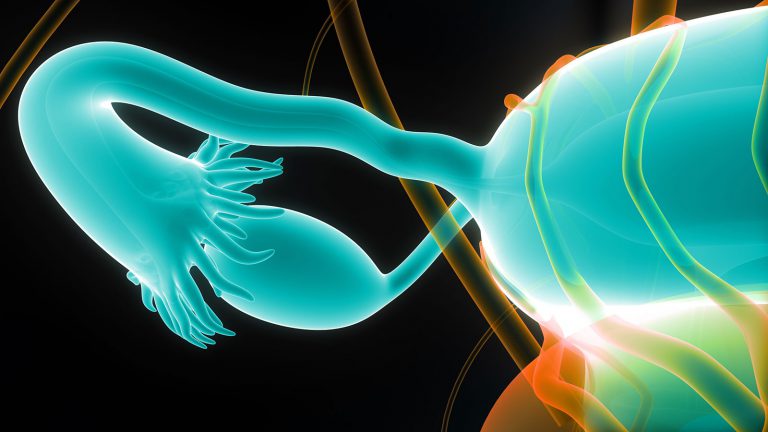According to SART’s latest data, in 2015 over 18,000 IVF cycles using donor eggs where performed. Egg donor cycles are typically the best choice for women over 40, who have not responded to other fertility treatments, and wish to carry and birth their own baby.
Who Uses Donor Eggs?
Between 2005 and 2014 in the U.S. alone, the number of people using assisted reproduction technology (ART) increased by about 26%.
A key reason for the increase in use of ART—and egg donation specifically—is that some 20% of U.S. women are having children after age 35, when the chances of conception drop significantly. The older a woman is, the more likely they are to use donor eggs. In 2014, 86% of women using ART that were over the age of 48 used donor eggs.
Aging affects a woman’s chances of conception and live birth for a number of reasons: she will be producing less eggs; she will be more prone to other health problems that can affect her pregnancy; she is more likely to have a baby with genetic or developmental disorders; and she is more likely to have a miscarriage.
Other reasons might choose IVF using donor eggs include:
- Early menopause: If a woman is entering menopause unexpectedly early, their egg quality will be poor.
- Disease and/or medical problems: If a woman has a disease that affects their capacity to conceive, but they can still carry a child, they may choose to use an egg donor. They may also choose to use an egg donor if they have an inheritable disease or disorder that they have a high chance of passing on to the child.
- Unexplained infertility: Sometimes there is no specific cause for infertility. If a heterosexual couple is examined and the male sperm is healthy, but a couple cannot conceive, using an egg donor can be a good option.
- A history of miscarriage: Women who have experienced multiple miscarriages may turn to an egg donor if they are deemed healthy enough to carry a fetus to full term.
How Does Egg Donation Work?
Egg donors are interviewed and thoroughly screened for genetic, biological and psychological fitness. People looking for egg donors can review the profiles of egg donors to find a suitable match, but the donor typically remains anonymous.
Once a donor is chosen, they will go through a series of hormone shots to stimulate ovulation. During this time, they will be monitored closely to ensure everything is on track and the cycle is synchronized with the recipient’s. At the same time, the recipient will be taking hormones to develop their endometrium lining.
When the donor eggs are developed, the donor will receive a trigger shot of hormones to stimulate ovulation, and shortly thereafter the eggs will be retrieved through a simple procedure. The eggs are then fertilized in the lab with either a partner’s sperm or donor sperm.
The last step is embryo transfer to the recipient, which typically happens 3-5 days after egg retrieval. The success of this depends on the careful placement of embryos into the recipient’s endometrium and is typically done using an ultrasound.
Fresh vs. Frozen Donor Eggs
The typical practice of using donor eggs relied on the egg extraction lining up with the recipient’s cycle, so that the fresh eggs could be fertilized and transferred right away, with the remaining embryos frozen for later use. More recently, egg freezing technology has improved enough to make frozen donor eggs a viable option.
Fresh donor eggs still appear to have a higher success rate, however there are several advantages to using frozen eggs:
- Removes scheduling conflicts needed to synchronize cycles
- Quicker time from donor selection to transfer
- Lower cost per cycle
Still, according to SART’s most recent data, the majority of egg donor cycles are still performed using fresh donor eggs, or thawed embryos which were created and frozen at the time of donor egg retrieval.

How Much Does IVF with Donor Eggs Cost?
Using donor eggs does add significant cost on top of the existing cost of IVF. The exact amount can vary widely based on fresh vs. frozen eggs, how selective a recipient is of the donor, the agency and lawyers used, etc.
Using frozen donor eggs costs are frequently listed around $20,000, while using fresh donor eggs from an agency could run from $37,000 all the way up to $65,000.
How Successful is IVF with Donor Eggs?
According to SART data from 2015, IVF with fresh donor eggs has a 50.4% chance of live birth, while IVF with thawed embryos or frozen donor eggs have a 39.5% and 38.4% chance of live birth. However, when results are broken down by age there is a much larger range of success rates.

